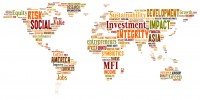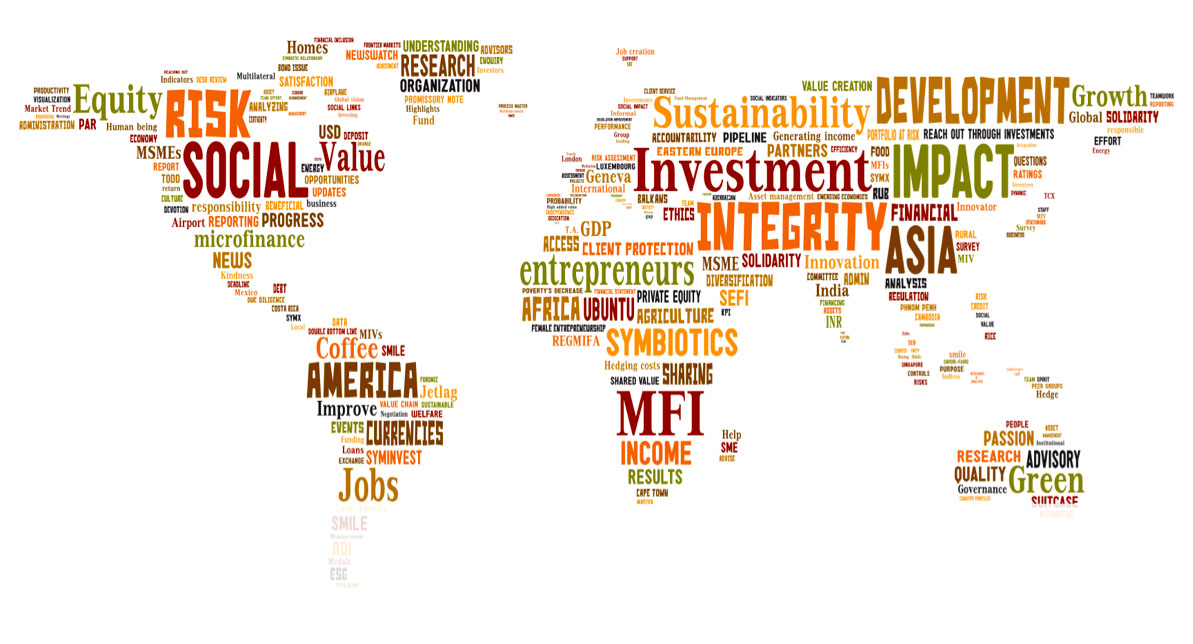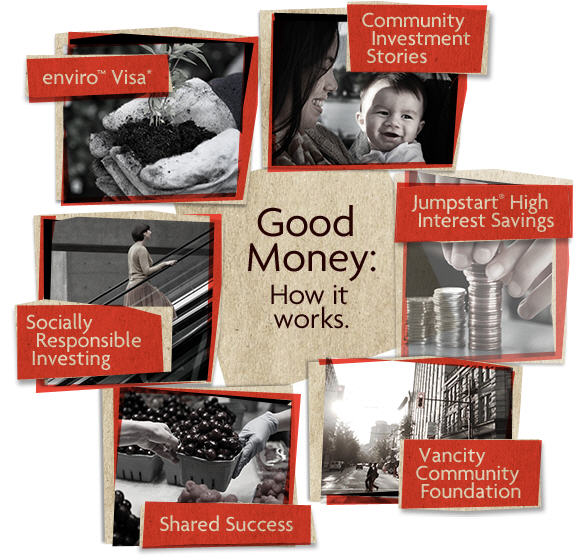There is no lack of research, opinions and media coverage of the habits and attitudes of Millennials – otherwise known as Generation Y (typically defined as being born between 1980 and 1994).
Businesses have barely figured out how to market to and manage them. Now, they are confronted with a new generation of young people, Generation Z (typically defined as being born between 1995 and 2009), that are entering the consumer world and, imminently, the workplace.
Digital is in their DNA: These young people have already been labelled as screen addicts with the attention span of a grasshopper that are keen to save the world and fix the environmental mistakes of earlier generations.
But is this who they are and what they want?
We decided to ask them…
Continue
















